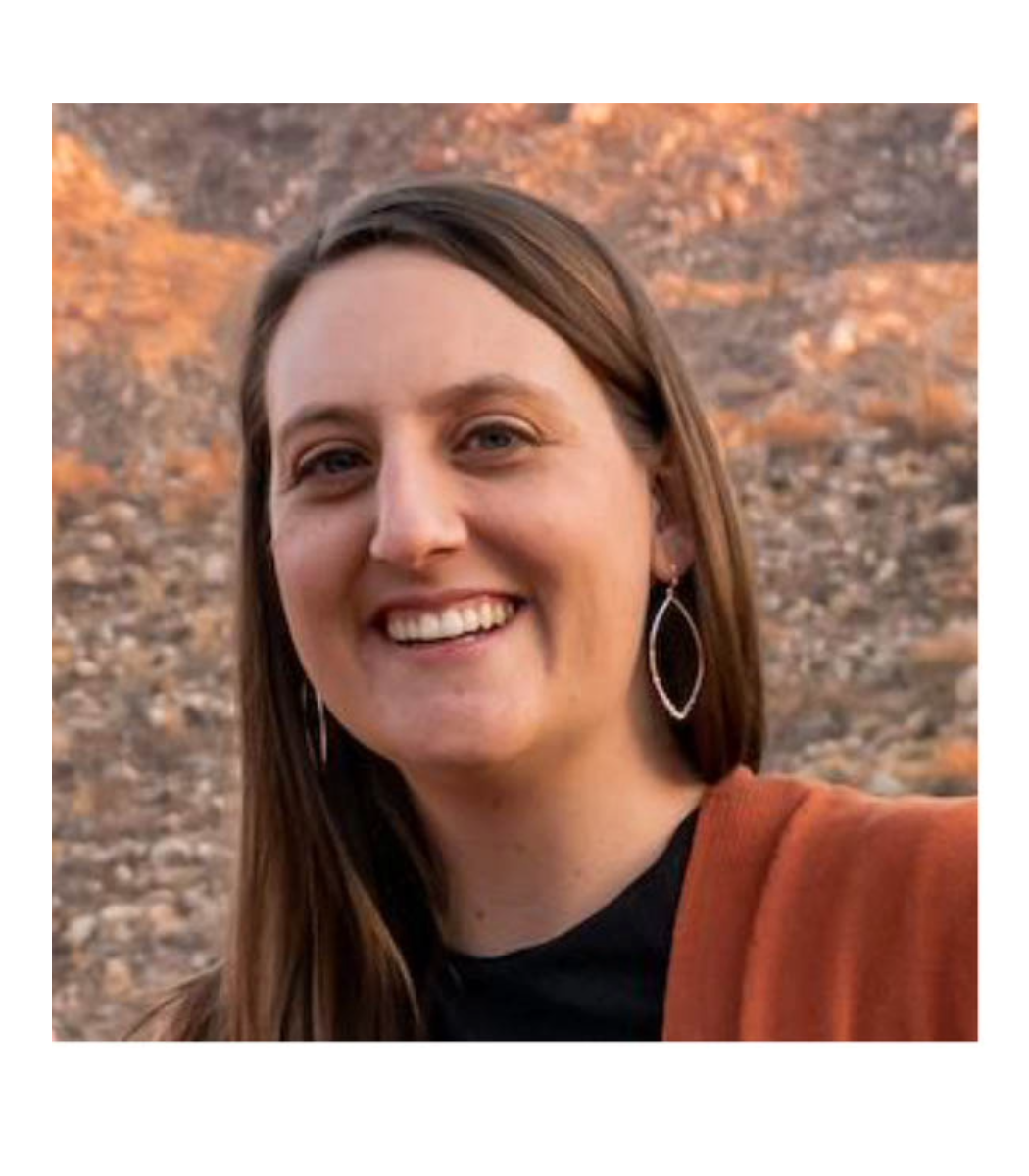
Doctoral Candidate at Department of Teaching, Learning, & Teacher Education. University of Nebraska – Lincoln in Lincoln, Nebraska.
1. How long have you been at your institution?
I started as a master’s student in July 2019. I started the PhD program in August 2020, and am expected to graduate in a year from now.
2. Who is your favorite STEM character in a book, movie or TV show?
Penelope Garcia from Criminal Minds
3. What inspired you to get involved in S-STEM work?
I was interested to know how STEM is viewed in different departments and at different institutes. I’ve had experience teaching STEM to pre-service elementary teachers but wanted to know more about the inner workings from multiple perspectives.
4. What skills or knowledge are you learning throughout the program that you find most useful in your career?
I’m learning how to work on a large team and that communication is key!
5. What advice would you give to students who transfer from 2YC to 4YC?
If you are unsure about anything, reach out and ask. Each institution has its own way of going about things and sometimes resources are not well known.
6. Is your involvement in S-STEM work worthwhile to your graduate school journey? If so, please elaborate.
Working with the S-STEM team has been great for my graduate school journey. I will be on the job market in August and the grant has afforded me opportunities to see research in action. I was able to help conduct the site visit interviews and am working on writing the profile. Prior to working with this team, I worked with rural teachers on a Noyce grant. The two experiences are quite different and provide opportunities for me to become a well-rounded researcher.
7. What skill do you think is most valuable for students considering a STEM career?
Know that “mistakes” are learning opportunities. If you are struggling with understanding a concept, take a step back and work the problem from another angle.
8. Tell us about the most rewarding experience that you have had during your STEM career.
I was teaching elementary math methods and wanted my students to see how STEM is connected to mathematics concepts taught in elementary school. We spent three classes creating a project where students would fully understand the recycling process. Students had to connect the concepts to the science and math standards. By the end of the three classes, my students were amazed at how thoughtful and intentional STEM can be. It was awesome to see future teachers be able to connect concepts and create a project that they could use in their future classrooms.